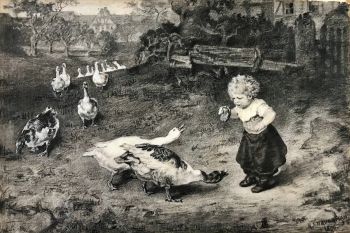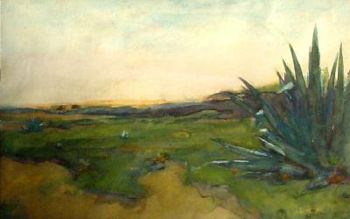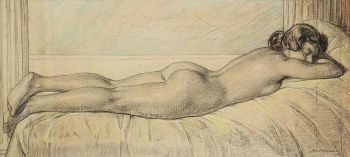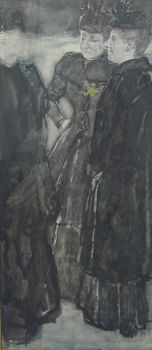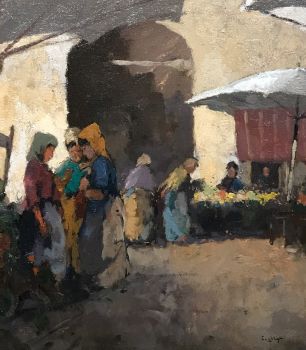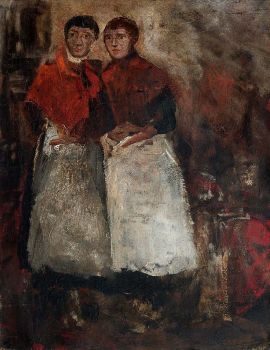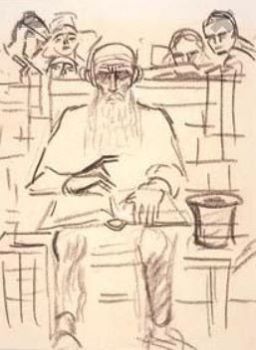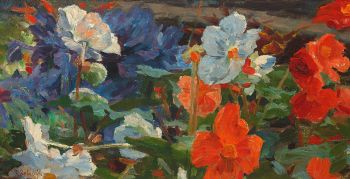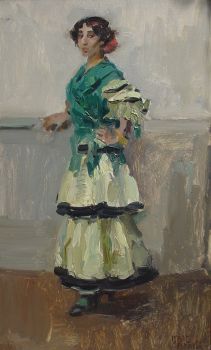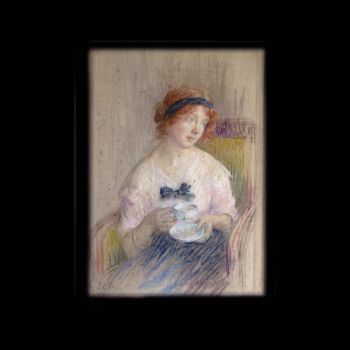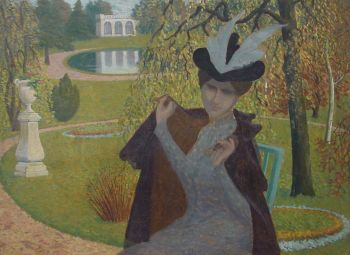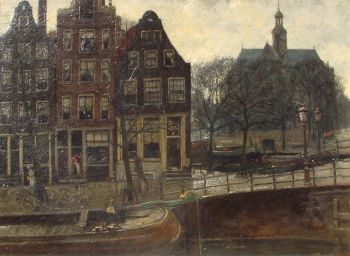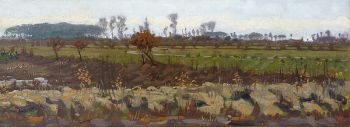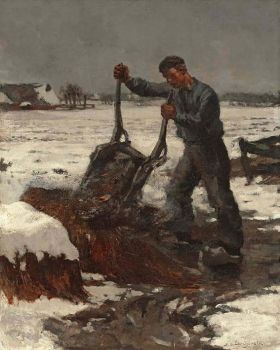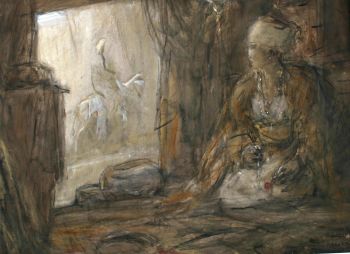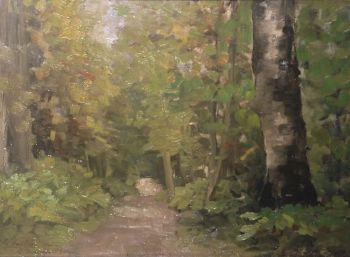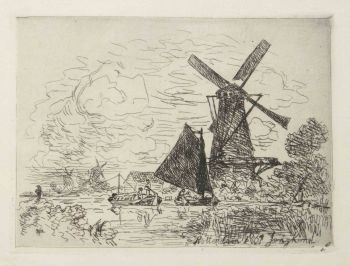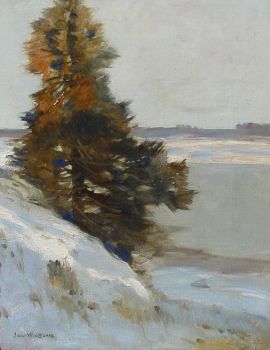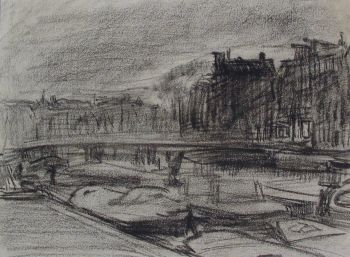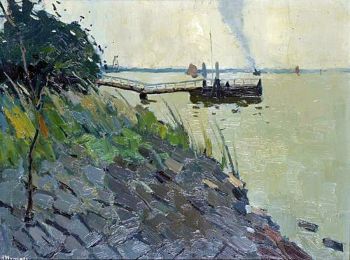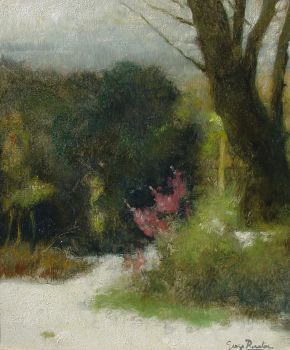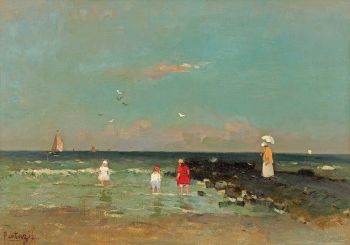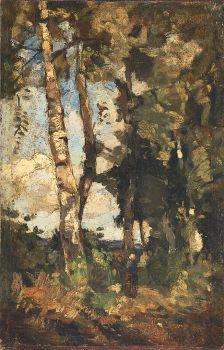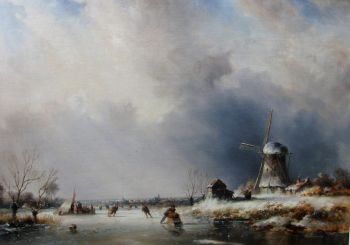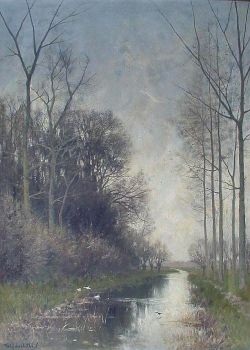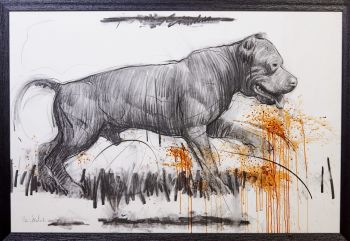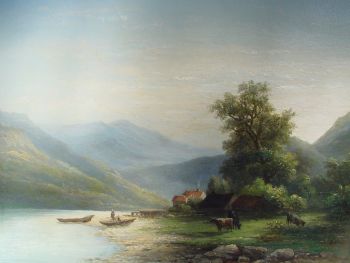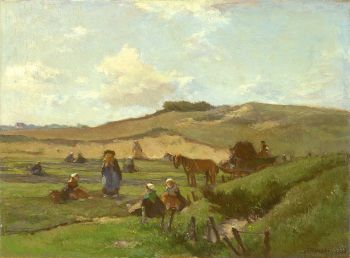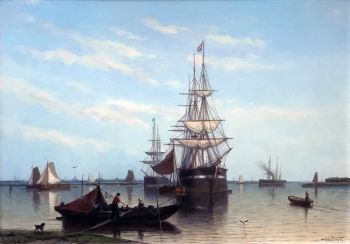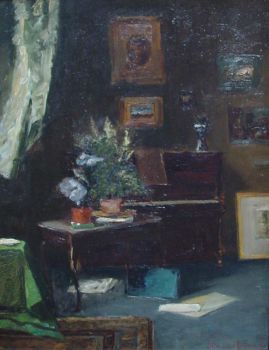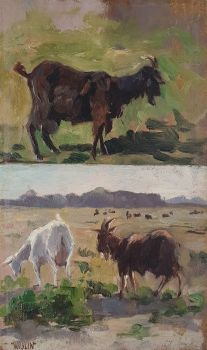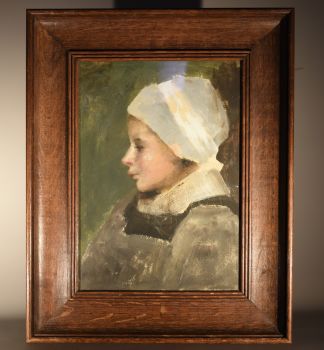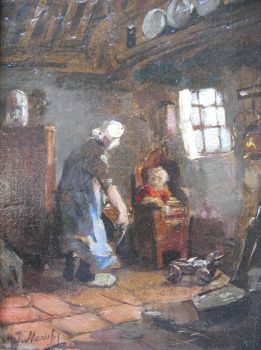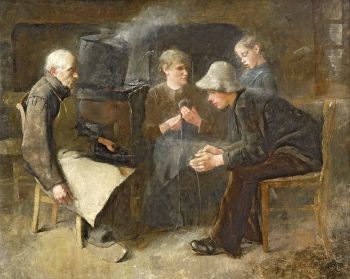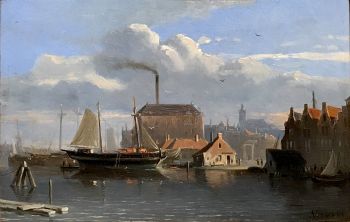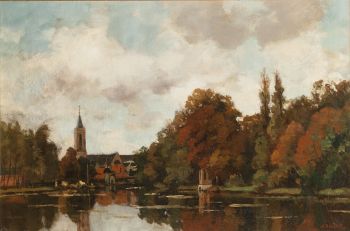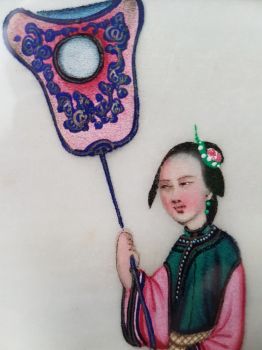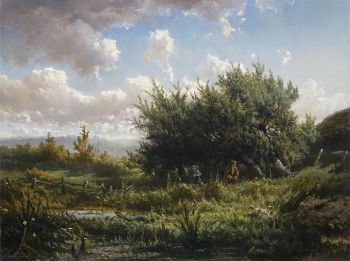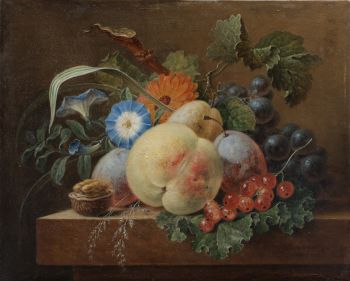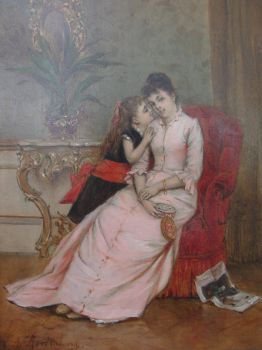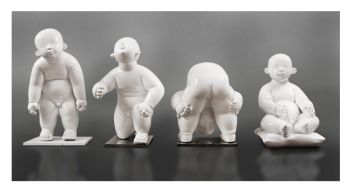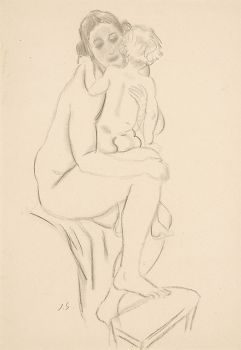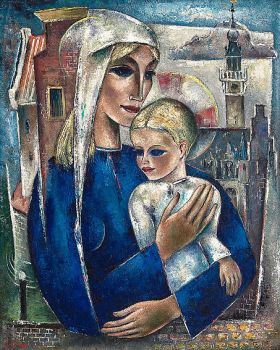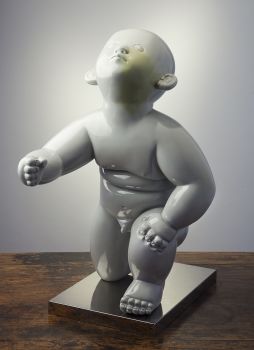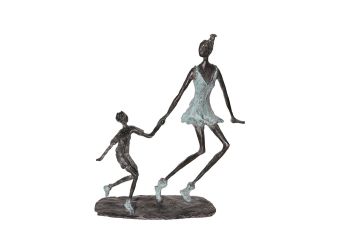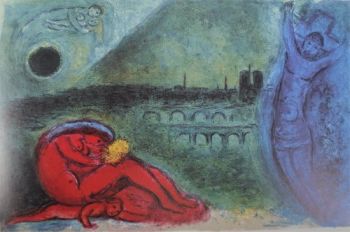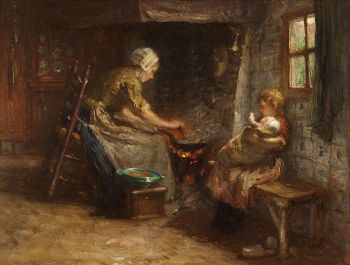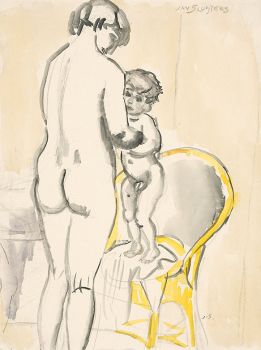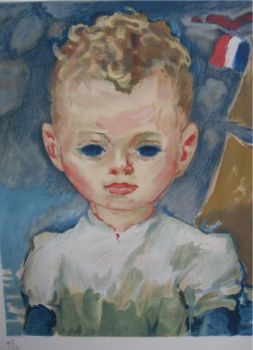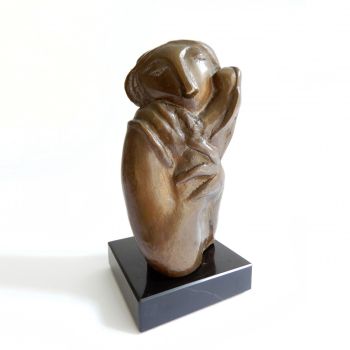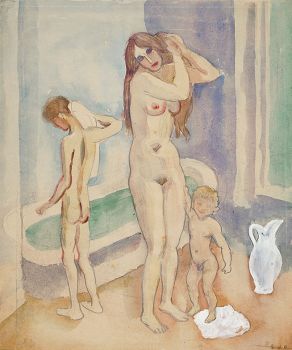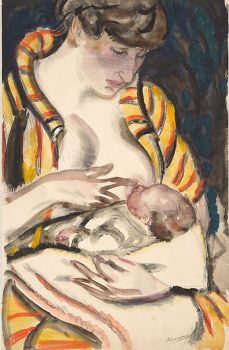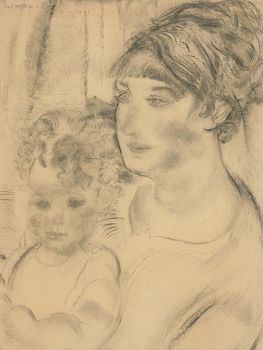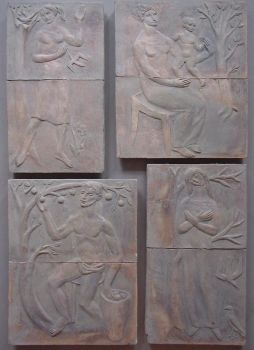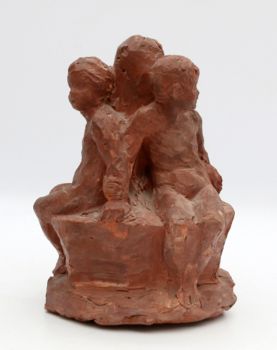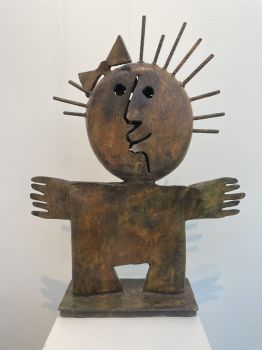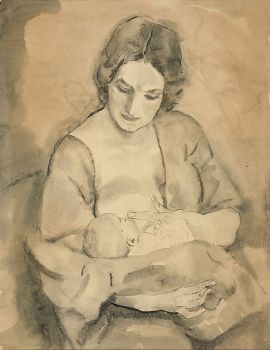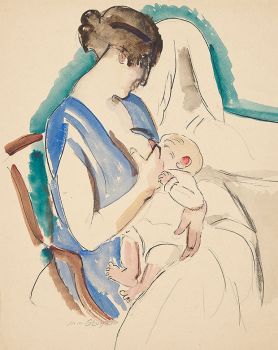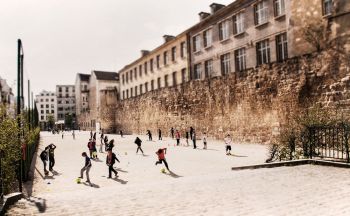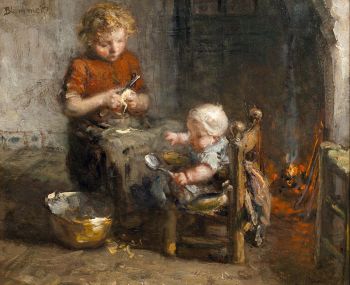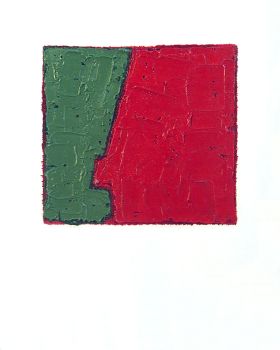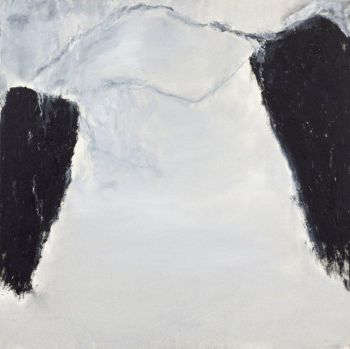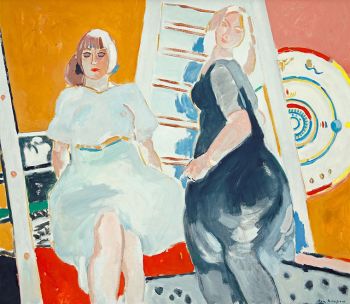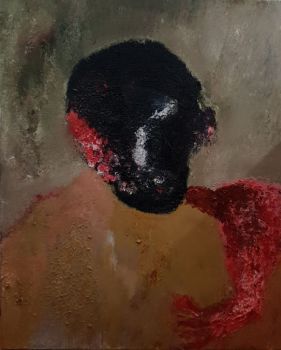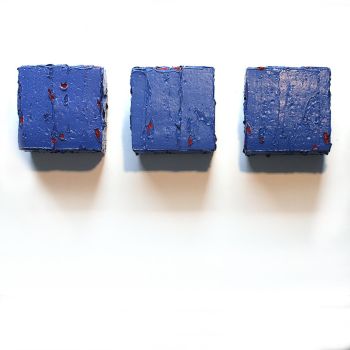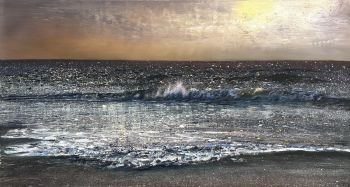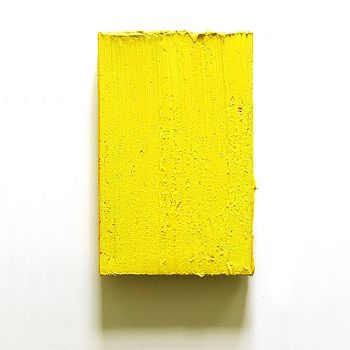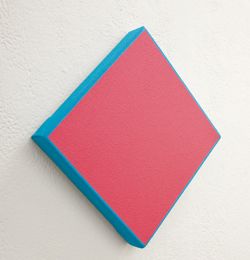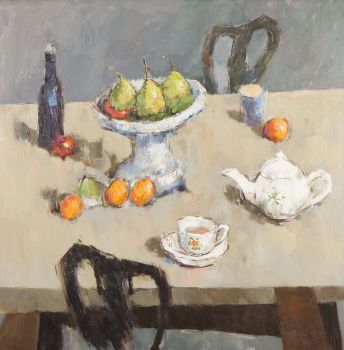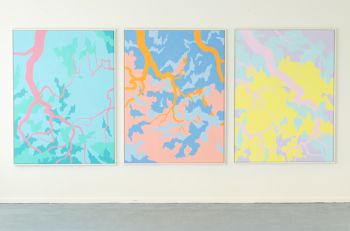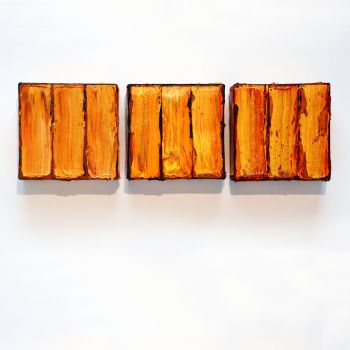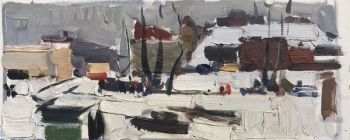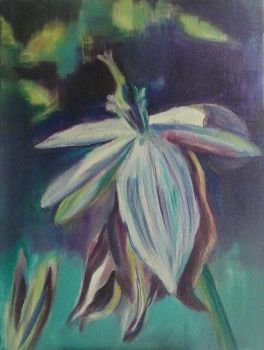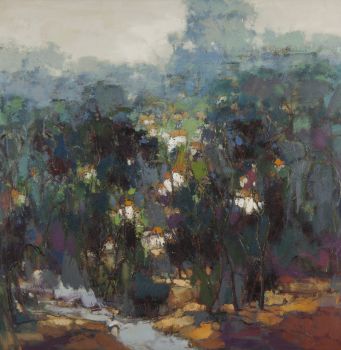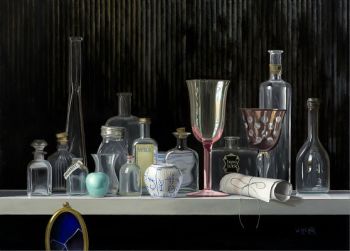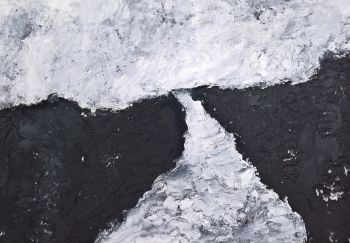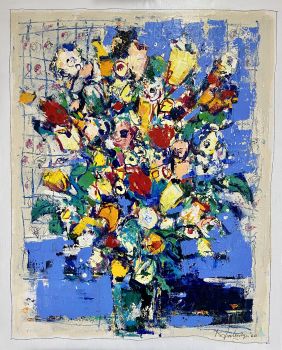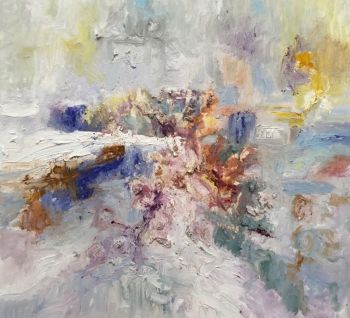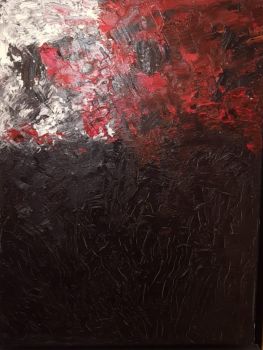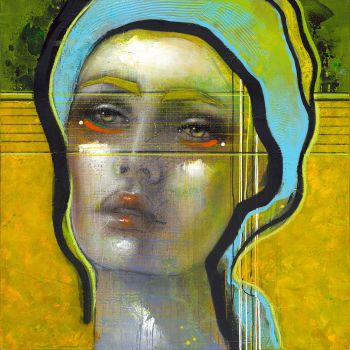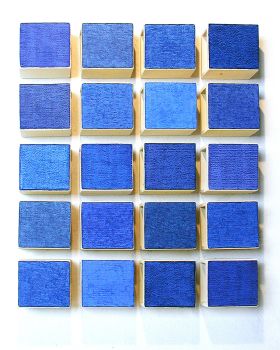Mother and child 1860
Hendrik J. Haverman
Peinture à l'huilePeindre
55 ⨯ 40 cm
ConditionExcellent
Actuellement indisponible via Gallerease
- Sur l'oeuvre d'artHendrik Jan Haverman (1857-1928) belonged to the group of Dutch artists known as the' Tachtigers', meaning the 'Eighties', because these artists started their careers around the eighties of the nineteenth century. They were also called the 'Impressionists of Amsterdam'. Together with his collegues Jan Toorop, George Breitner and Isaac Israels Hendrik Haverman was one of the leading figures of this movement.
Oil on canvas, signed. Label at the backside ‘Stedelijk Museum Amsterdam’.
The painting was bought in 1907 by the Vereeniging tot het vormen van een Openbare Verzameling van Hedendaagsche Kunst te Amsterdam’ (Association to form a Public Collection of Contemporary Art in Amsterdam) from the auction of the Fine Arts Academy Fund, created in memory of (professor) August Allebé.
As the Association did not have a storage space (but a good relation with the Stedelijk Museum), the work has been stored in the museum depot for many years. But at a certain time the Association decided to dispose the work again, which resulted in selling this painting at the auctionhouse of Frederik Muller in April 1956. - Sur l'artiste
Hendrik Johannes Haverman (23 octobre 1857, Amsterdam - 11 août 1928, La Haye) était un artiste néerlandais ; connu principalement pour ses dessins de portraits.
Il a étudié à la Rijksakademie van beeldende kunsten d'Amsterdam et aux académies d'art d'Anvers et de Bruxelles.
Parmi ceux avec qui il étudia se trouvaient August Allebé et Hendrik Valkenburg (1826-1896). A son tour, il donne des cours particuliers à Edmée Broers (1876-1955), Meta Cohen Gosschalk, Maria Adeline Alice Schweistal (1864-1950) et Pauline Suij ; à une époque où les femmes n'étaient pas admises à la Rijksakademie.
En 1892, il reçoit une subvention royale pour soutenir son travail. L'édition 1901 de Camera Obscura, de Nicolaas Beets, contient un portrait de l'auteur par Haverman.
Il était également critique d'art et a écrit de nombreux articles pour De Gids, la plus ancienne revue littéraire néerlandaise.
En 1918, il y avait une grande rétrospective de ses œuvres au Pulchri Studio à La Haye. La première exposition de ses œuvres après sa mort a eu lieu en 2008 chez Pygmalion Visual Arts à Maarssen.
Artwork details
Related artworks
- 1 - 4 / 6
Carel Nicolaas Storm van 's Gravesande
View on Venice1841 - 1924
Prix sur demandeKunsthandel Pygmalion
Albert Clouard
Élégante à la cape (Elegant lady with a cloak)1866 - 1900
Prix sur demandeKunsthandel Pygmalion
Raoul Hynckes
Riverview with scaffolding (near Kinderdijk, the Netherlands)1913 - 1924
Prix sur demandeKunsthandel Pygmalion
1 - 4 / 24Fredericus Jacobus van Rossum du Chattel
Poldervaart in the Vecht river region1899 - 1901
Prix sur demandeKunsthandel Pygmalion
Corstiaan Hendrikus de Swart
Mountain landscape with Lake1838 - 1900
Prix sur demandeKunsthandel Pygmalion
Johannes Evert Akkeringa
'Nettenboetsters' in the Dunes1861 - 1942
Prix sur demandeStudio 2000 Art Gallery
Carel Nicolaas Storm van 's Gravesande
My studio in Bruxelles1841 - 1924
Prix sur demandeKunsthandel Pygmalion
1 - 4 / 24 Sélectionné par
Sélectionné parGallerease Magazine
Bernardus Johannes Blommers
Het bereiden van de maaltijd1870 - 1914
Prix sur demandeStudio 2000 Art Gallery
1 - 4 / 24Rene Rietmeyer
"BUDAPEST, HUNGARY, MARCH 2005"2005
Prix sur demandeEuropean Cultural Centre Collection
Bernardus Johannes Blommers
Het bereiden van de maaltijd1870 - 1914
Prix sur demandeStudio 2000 Art Gallery
1 - 4 / 24



